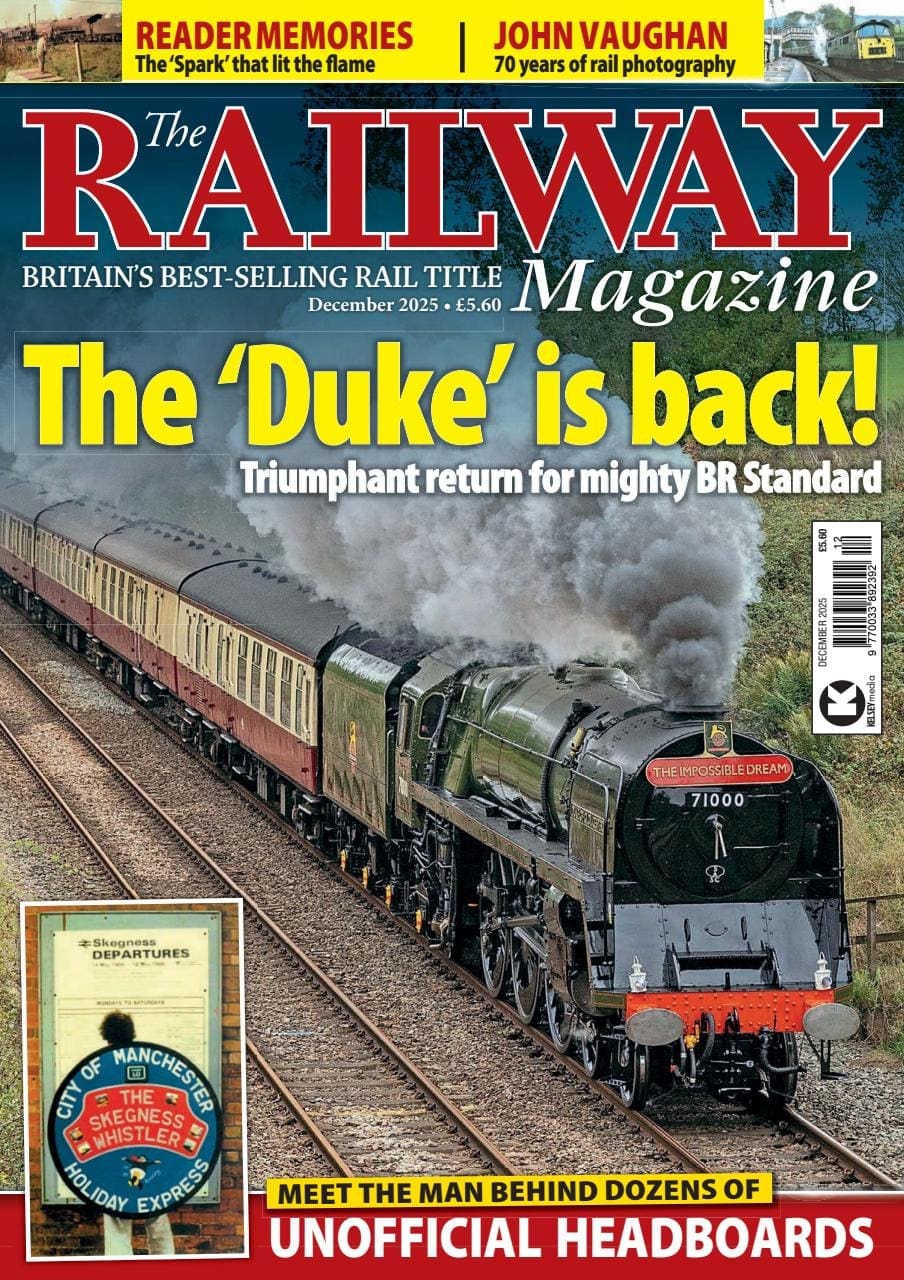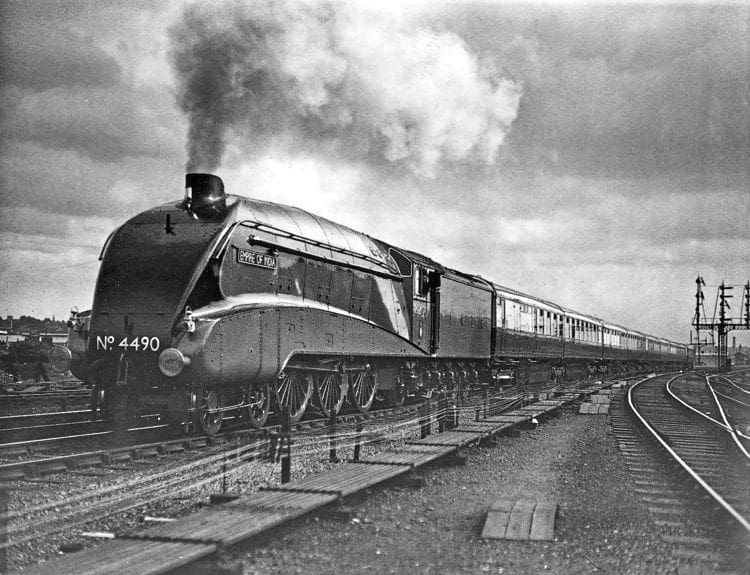
We are looking at the great railway writers and artists of the 20th century, Robert Humm records the life of photographer Pat Ransome-Wallis.
Had circumstances turned out differently Pat Ransome-Wallis (PRW) would not have devoted a lifetime to writing about and photographing locomotives. He would have designed and built them.
Patrick John Leonard Cosnett Ransome-Wallis was born on January 10, 1906 at Carlton Road, Worksop, Nottinghamshire.
From the history of steam through to 21st century rail transport news, we have titles that cater for all rail enthusiasts. Covering diesels, modelling, steam and modern railways, check out our range of magazines and fantastic subscription offers.
He was the eldest son of Dr Abraham Ransome-Wallis (1877-1942), a general practitioner and surgeon, and Kate Cosnett Burslem (1872-1929). There were two other brothers and a sister.
Autocratic
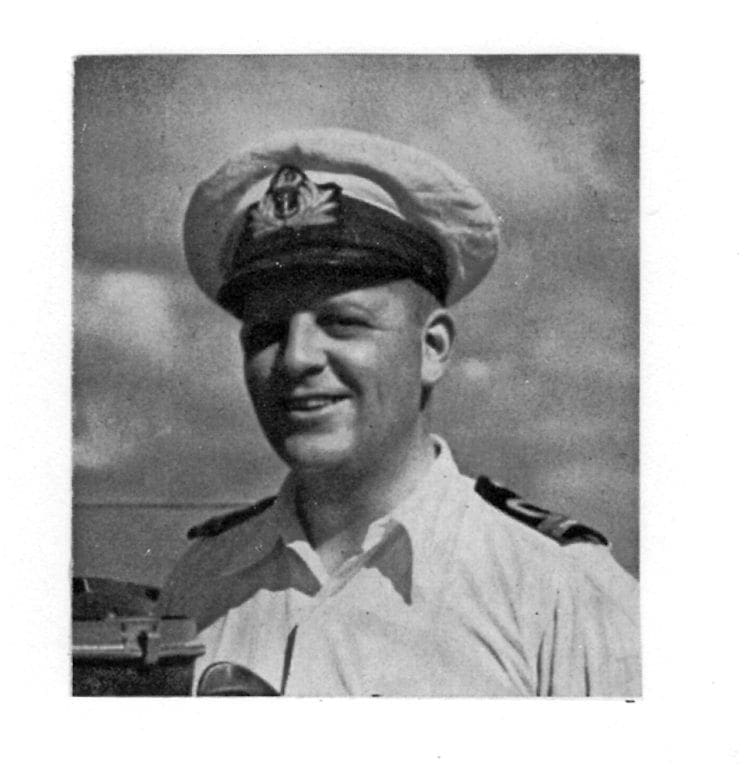
Medicine ran in the family: an aunt was one of the first female bacteriologists in the country. The Ransome-Wallis’s were distantly related to Ransomes of Ipswich, makers of railway breakdown cranes, turntables, hydraulic bufferstops and much more.
Railways also figured on Pat’s mother’s side. Kate’s father was an official of some standing in the LNWR and she recalled being taken as a child to tea with the autocratic F W Webb at Crewe. With a certain innocence she asked Webb why some of his engine wheels went round one way and some the other.
This emperor’s-new-clothes question produced a testy counter-attack from Webb and consternation from her father who feared for his job. Father kept his job, but Kate was never asked to tea again.
Worksop at that time was an ancient and prosperous market town with a population of 16,000 and traditional industries: malting, brewing, timber, agricultural machinery and furniture making. It was also on the edge of the booming East Midlands coalfield.

The chief railway route through Worksop was the Great Central, the former Manchester, Sheffield & Lincolnshire main line of 1846 from Sheffield to Grimsby. It provided the town with a busy and magnificent Tudor-style station, happily still there today.
From the south the Midland Railway sent out a branch from Nottingham and Mansfield, and the newly built South Yorkshire Joint Railway trailed in at Brancliffe Junction, a couple of miles to the west.
So, there was plenty to keep a small boy enjoyably occupied. He later recalled: “My earliest childhood memory is not of my home nor my well-loved parents, but of a Great Central locomotive seen from the steps of the footbridge as it left Worksop station.
Thus began my lifelong love of railway engines, and there would never be any job for me other than that of a locomotive mechanical engineer.”
Battered
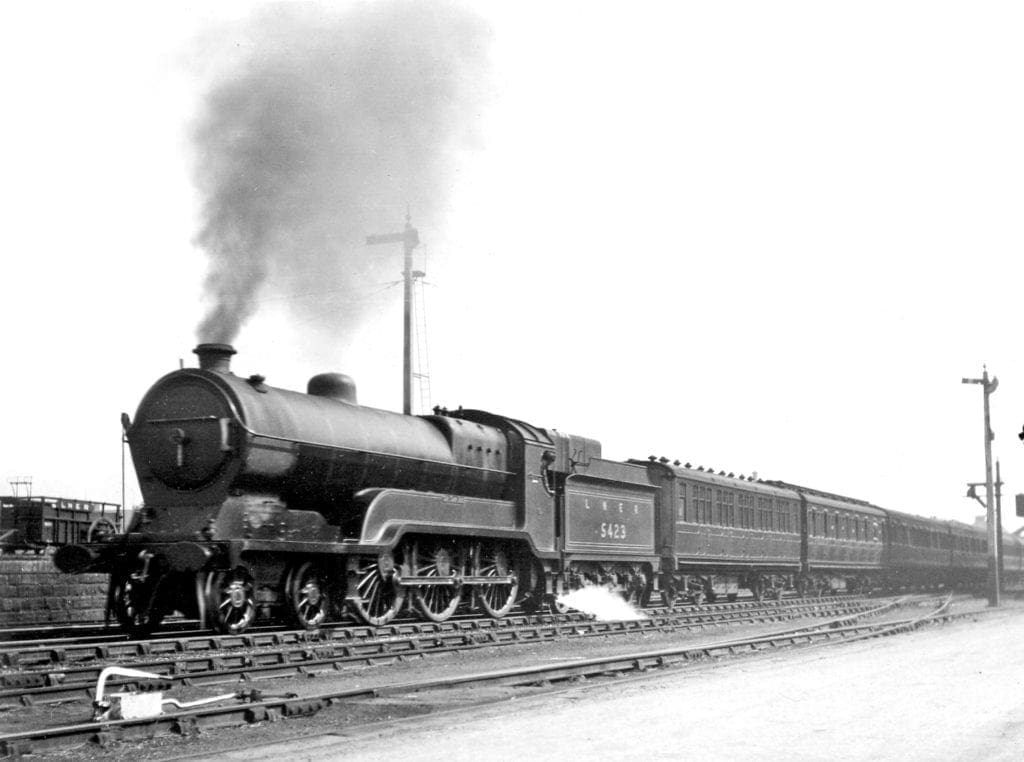
Books must have fed his interest, though there were far fewer railway books published in those days. We know that he possessed that old classic The Wonder Book Of Railways, for a battered copy of the 5th edition with his boyish signature ‘Pat Wallis’ surfaced a few years ago.
Those snippets apart, PRW’s earlier years have gone largely unrecorded. He attended the Quaker Bootham School, York (his parents were Quakers), where he received a technical education.
By 1923 he had passed advanced examinations in mathematics, mechanics, hydrostatics and physics, and was all set to start as a pupil under H N Gresley at Doncaster locomotive works. The Grouping of the railways dashed those ambitions for good.

As with his contemporary George Dow (see RM February 2017) he could see that his prospects of becoming a chief mechanical engineer were reduced to near-zero.
Acting on wise advice he decided to follow the family tradition and become a doctor of medicine. PRW was admitted to the Faculty of Medicine of Edinburgh University, a period of life that he enjoyed immensely.
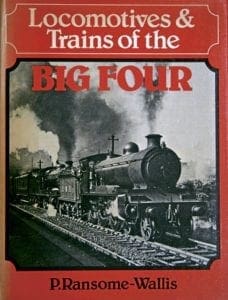
Yet Pat never lost his mechanical leanings and while still a student he was already giving lectures on valve gears and poppet valves to the enginemen’s Mutual Improvement Classes at Haymarket and St Margarets depots. He cut his teeth on lecturing to the public by addressing the Edinburgh branch of the Stephenson Locomotive Society.

His 1927 talk on the locomotives of the Great Central, illustrated by his own lantern slides, attracted an audience of more than 150 members and friends.
Locomotive photography started at the early age of 11 when Pat was given a Box Brownie No. 2 camera.
His first photograph, taken in 1917 at Shireoaks (the next station west from Worksop), was a creditable portrayal of GC Class ‘2A’ 4-4-0 No. 564 on a Sheffield to Lincoln local.
The Brownie was soon replaced by a Butcher Carbine quarter-plate cut-film camera – co-incidentally the same make of camera used by H C Casserley around that time – in turn supplemented by a Dallmeyer quarter-plate reflex bought second-hand in 1924. Pat took the Dallmeyer to Edinburgh and used it to good effect around the Edinburgh sheds and by the lineside.
‘Train in motion’
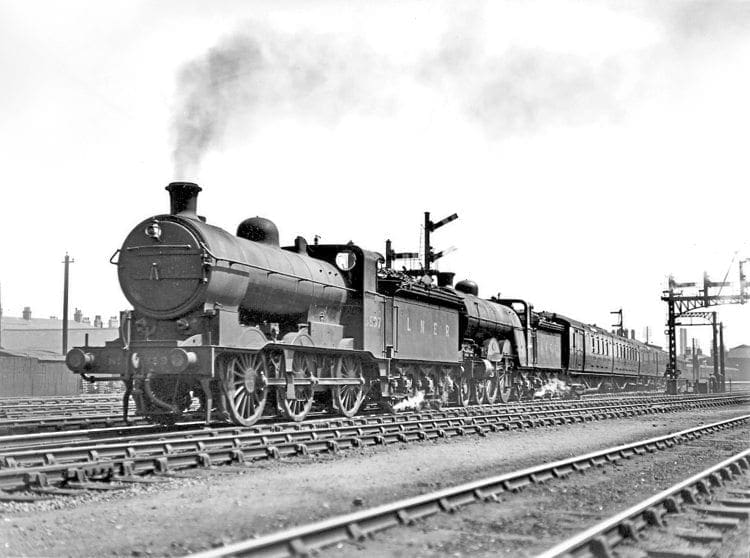
In the introduction to My Best Railway Photographs (1948) PRW explained the aims and methods of his railway photography.
The intention was to obtain record shots of every class and sub-class, from both sides, together with a “train-in-motion” view.
Pictorial photography was not derided, and indeed he had to do quite a bit of it in the 1950s when published photographs formed a vital part of his income, but the clear record shot free of all poles, chimney stacks and obstructions was the ideal to aim for.
It was not always easy to achieve and sometimes required careful darkroom editing.
For that reason he remained loyal to medium format film cameras for his entire life, using either cut film or 6 x 9cm roll film. A tripod was carried everywhere.
Pat did all his own monochrome darkroom work, believing that “very few professional processors can compete with the careful amateur”, a sentiment with which many other photographers would agree.
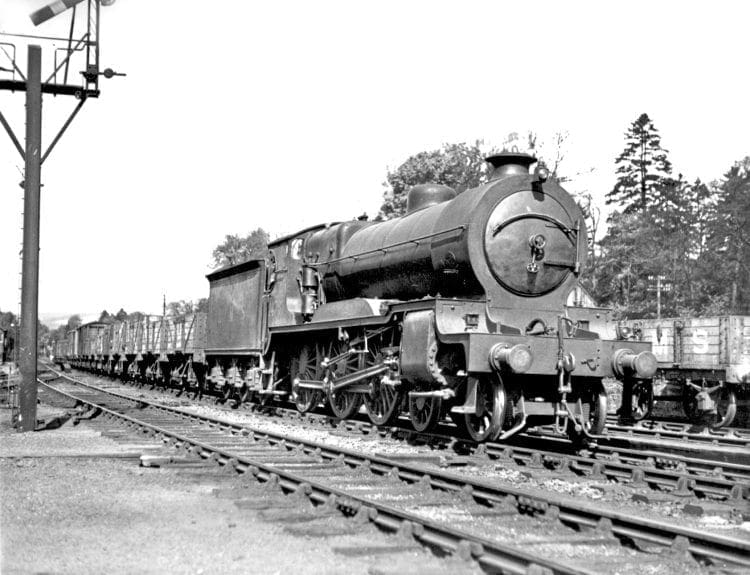
His exemplars were those past masters F E Mackay and H Gordon Tidey, whose work, even with relatively primitive early cameras, has seldom been surpassed.
Although Pat’s earliest photography was confined to the British Isles, his major interest was in the steam locomotives of Continental Europe.
In 1929, at the age of 23, he made a motorcycle tour through seven countries as far as Budapest, a journey which opened up a new field of study for the rest of his life. He came to believe, for better or worse, that the neat little 4-4-0s and 4-6-0s of Great Britain paled by comparison with the giants of France, Germany and Austria.
Thereafter, except for the war years, Pat made a continental rail tour every year until the end of steam.
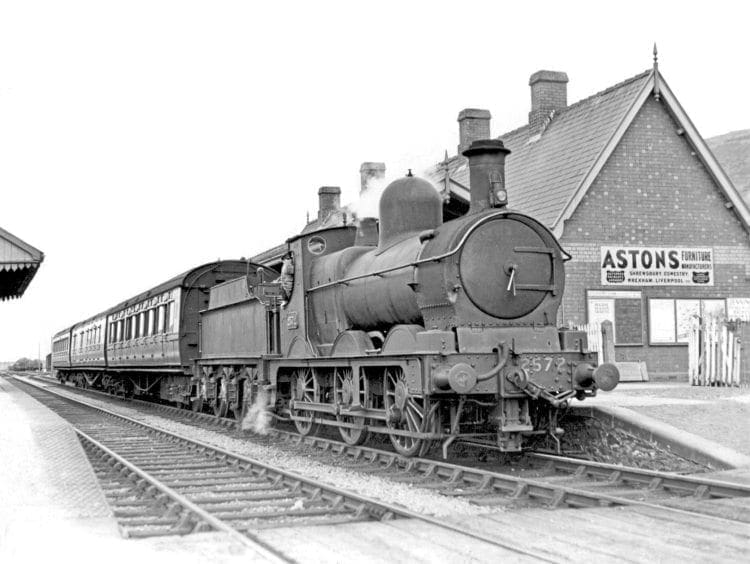
He managed to visit every country in Europe except the Soviet Union, Romania and Albania. More than anyone else he became the British expert on Continental motive power.
After qualifying in 1930 PRW took a series of temporary appointments all over the country in hospitals and as a locum in general practice, the location always influenced by the degree of local railway interest.
One such appointment was for two years at Swindon, where he met the retired G J Churchward and made a lifelong friendship with W A Stanier, at that time deputy to the chief mechanical engineer (CME) Charles Collett. The Stanier connection gave him an entrée to many other senior locomotive engineers at home and abroad.
Idyllic
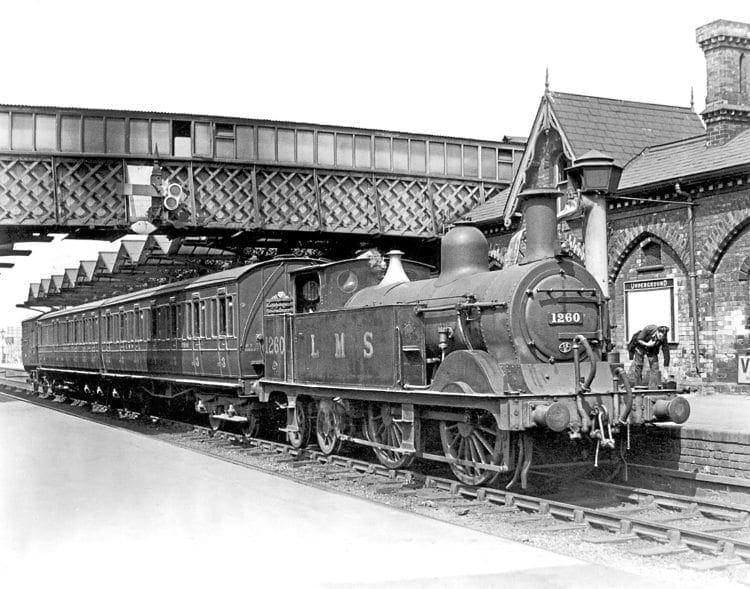
In 1934, at the age of 28, Pat’s life became settled. He married his fiancée Dr Petrusa ‘Toosie’ De Beer Clark, two years his senior, and together they began a general medical practice at Herne Bay, Kent, where The Corner House, Canterbury Road, was to remain PRW’s address for the remainder of his life.
Herne Bay was chosen, he later confessed, because of the variety of traffic and motive power on the North Kent line. Whether Toosie had much say in the matter remains unrecorded. Their two daughters, Jill and Virginia, were born at that time.
This idyllic life was broken by war. In 1939 PRW enlisted in the Royal Naval Volunteer Reserve and saw very little of Herne Bay for the next 6½ years.
As his brother, also a naval surgeon, observed acidly, you always signed as a “volunteer” for the RNVR. If you objected you would find yourself in some uncongenial outpost of the army.
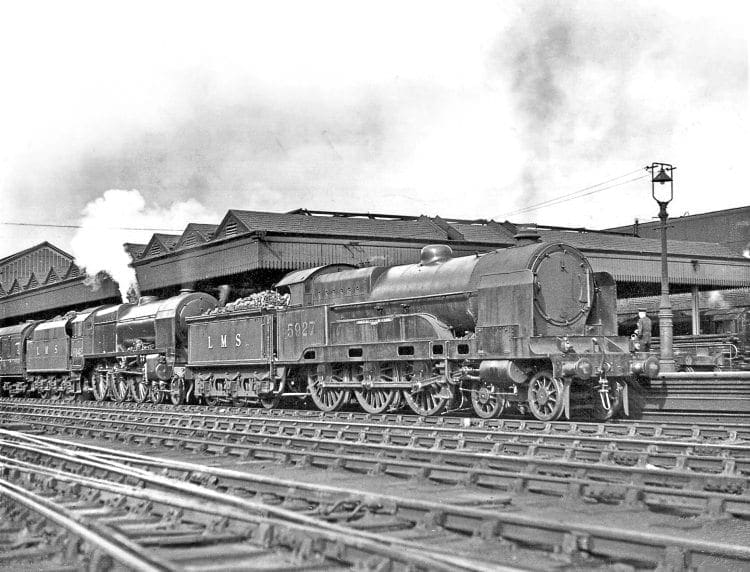
His first posting, in early 1940, was as senior medical officer of a troop ship taking newly enlisted men to the Far East, which on arrival provided the opportunity to explore the metre gauge railways of Malaya.
At Kuala Lumpur, he records in On Railways at Home And Abroad, he met the Assistant CME, a fellow enthusiast who provided all the necessary facilities he could wish for.
Though unnamed this must surely have been none other than the renowned Hugh Le Fleming. Like Pat, Le Fleming was to become a well-known post-war railway and maritime writer.
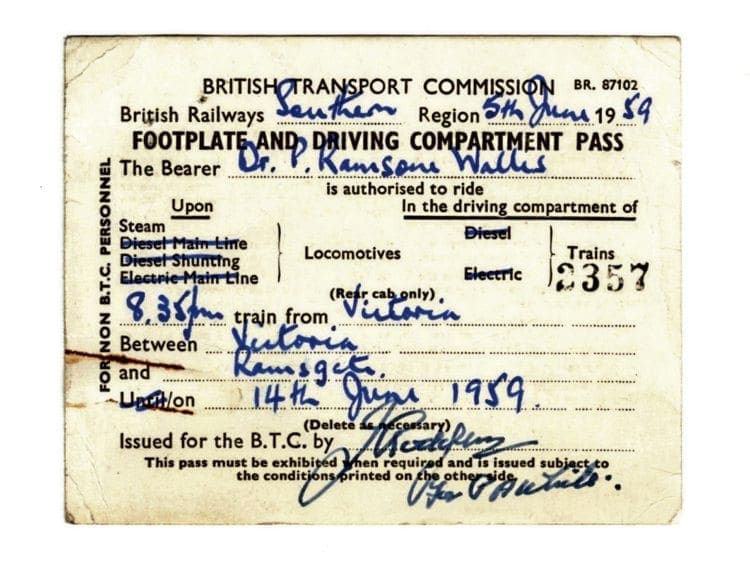
ROBERT HUMM COLLECTION
From September 1940 to December 1941 Pat served in the new anti-aircraft cruiser HMS Dido, mainly in the Mediterranean theatre and on North Atlantic convoys. He saw action during the evacuation of British forces from Crete, during which Dido was bombed and severely damaged.
This was followed by a spell of duty in Washington DC, where periods of leave gave the opportunity of photographing and riding behind the giants of American steam, a subject that was to remain dear to his heart.
He was fortunate enough to be present at the Alco locomotive works at Schenectady, NY, when steaming trials were being carried out on the first of the Union Pacific ‘Big Boys’.

Those wartime railway experiences were described in four articles in the Locomotive Magazine for August-November 1943. “First an extended visit to India, Ceylon and Malaya in 1940, and then visits to East, West, and South Africa, Trinidad, Bermuda, USA and Canada have added great experience and much information to one’s store of railway knowledge.”
Thus even the hard-pressed wartime Royal Navy was by no means all blood, toil, tears and sweat.
In late 1942 Pat transferred to HMS Osprey, a shore establishment at Dunoon, on the Clyde, where he was engaged upon secret research into acoustics and asdic (submarine detection), and this occupied him for the rest of his war service.
Toosie and the daughters had already moved to Scotland to get away from the Kentish front line. Pat was promoted to Surgeon Lieutenant-Commander in 1944 and he finally retired from the Navy in April 1946.
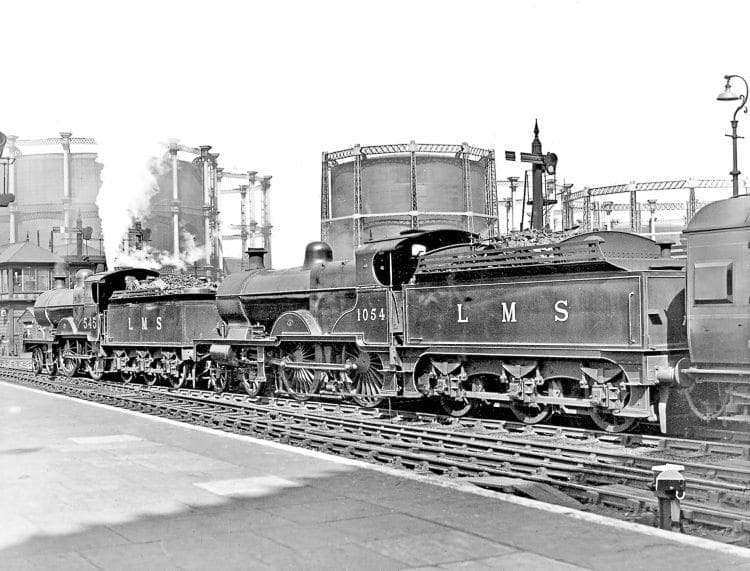
Returning to Herne Bay, Pat found it a war-weary and bedraggled place, the sea front full of anti-invasion defences and half the population still evacuated. Somehow he managed to pick up the threads of civilian life and rebuild the private practice “working more hours than ever dreamt of by trade unions”.
Pat was within reach of his pre-war standard of living when in 1948 the introduction of the new National Health Service immediately cut his income by some 40%.
To make up the shortfall he threw himself into a heavy programme of writing books, articles and photo features on railways and the sea.

These paid for his annual trips abroad and for the education of his daughters. His earliest railway publication was the booklet for Ian Allan mentioned earlier, My Best Railway Photographs, in 1948.
In fact the emergence of Ian Allan as a major transport publisher was something of a godsend.
Although Pat had made appearances in The Railway Magazine, in those days the RM was not an especially generous payer, except perhaps to its star writer Cecil J Allen.
As a newcomer to the field, and a young man in a hurry, Ian Allan could not afford such a laid back approach. He had to fill Trains Illustrated, Trains Annuals, the ABC spotting series, booklets for youngsters and a growing range of adult books, and was prepared to pay well for the best writing and photography.
Pat soon became a member of Ian Allan’s stable of contributors and throughout the 1950s there appeared several books, dozens of articles and hundreds of photographs under his byline.
Sometimes the news happened on his doorstep, as for example when he wrote about the reconstruction of the North Kent line following the great flood of 1953, and the Kent Coast Electrification of 1958/59, both reported for Trains Illustrated.
His photograph of an immaculate No. 35019 French Line CGT at the head of the train conveying the President of France from Dover to Victoria, used on the front cover of Trains Illustrated for April 1950, and several times since, is one of the great railway images of the era.
Troubles

The North Kent line had troubles aplenty during the mid-late 1950s, and Pat, a sharp and well-informed observer, was something of a thorn in the flesh of the South-East Division management.
“Several of my patients,” he wrote to divisional chief, Percy White, “are suffering severe anxiety symptoms and fear losing their jobs as a consequence of gross unpunctuality.” That sounds familiar to us in 2017.
To give him his due White took it on the chin and did what he could to improve matters. What GP today could wield that degree of influence?
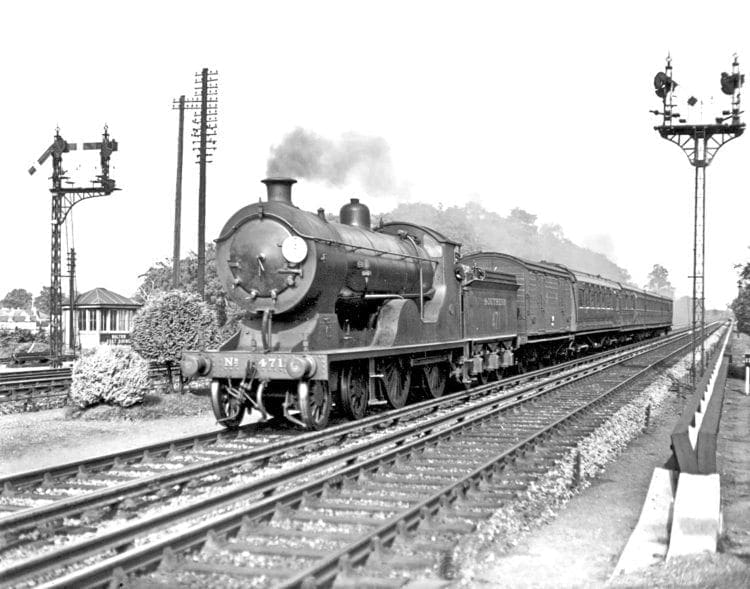
Fortunately, criticism did not sour good relations with the SR motive power department, which continued to supply footplate passes.
A BR requirement was that passes had to be returned after use, and Pat was usually punctilious in doing so, but one that has survived was for the very last Down steam express before the inauguration of electric working, the 8.35pm from Victoria to Ramsgate on June 14, 1959.
In 1960 Pat also became involved in broadcasting for a BBC programme called On Railways. It started with an assignment to travel with a tape recorder on the footplate of a BR Standard ‘9F’ from Wellingborough to Brent Yard, with a commentary.
He found this turned out very well but it was not always so. He complains in a letter to Peter Handford, the acknowledged master of railway recording: “I have just been to Spain to make some recordings for the BBC.
By and large I do not find that footplate recording is very satisfactory, and some of my tapes are quite unacceptable as a result of excessive vibration.” Rapid dieselisation put an end to this side of his work after about 1962 or 1963.
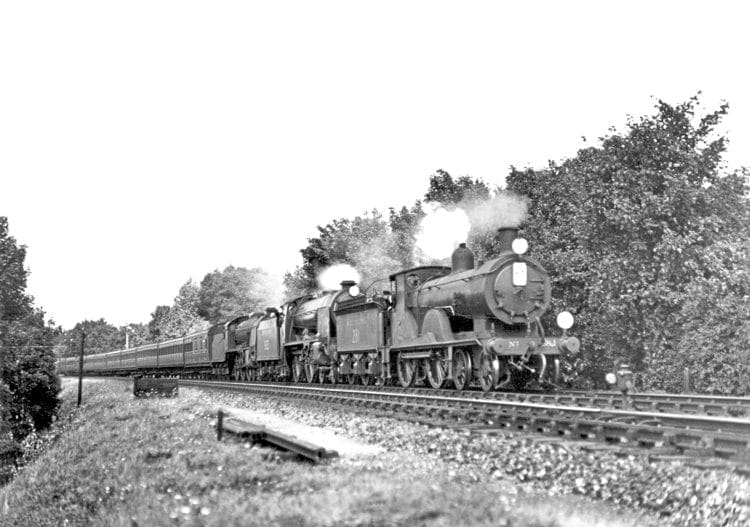
Another pleasant task not too far from home was to take over from O J Morris as author of the official descriptive guide to the Romney Hythe & Dymchurch Railway.
Entitled The World’s Smallest Public Railway, Pat’s first edition, a neat little 60-page book illustrated almost entirely by his own photographs, appeared in 1957 and was followed by another five or six editions into the 1970s.
He was on good terms with everyone at New Romney, and indeed wrote Capt Howey’s obituary for The Times.

PRW’s overseas visits were always written up each year as a two- or three-part article for Trains Illustrated. In this he was several decades in advance of his time, as most British readers had no interest whatsoever in matters beyond the Channel.
There was more than sufficient at home, thank you very much, without the bother of understanding those strange foreign machines draped in pipework and multiple domes. In one readers’ survey Pat’s foreign articles were voted the least liked.
“We can well do without any more of a certain gentleman’s Continental ramblings” was a typical riposte. Fortunately, the editor, G Freeman Allen, was himself of internationalist outlook and the articles continued to be published.
Today attitudes have changed and Pat’s writings are still one of the best sources of information in the English language on European steam – but inevitably it had to come to an end.
Outmoded

In 1964 Pat submitted a long article on the locomotives of Bulgaria, a “difficult” country he had at last managed to penetrate.
Trains Illustrated had by then become Modern Railways, and Freeman Allen had to tell Pat gently that there was no longer room for technical articles on an outmoded form of motive power.
In the clean modern world of electric traction it was not the image Allen wished to perpetuate. (Eventually Pat sold the article to the US Trains magazine for $120, and an abbreviated version to The Railway Magazine).
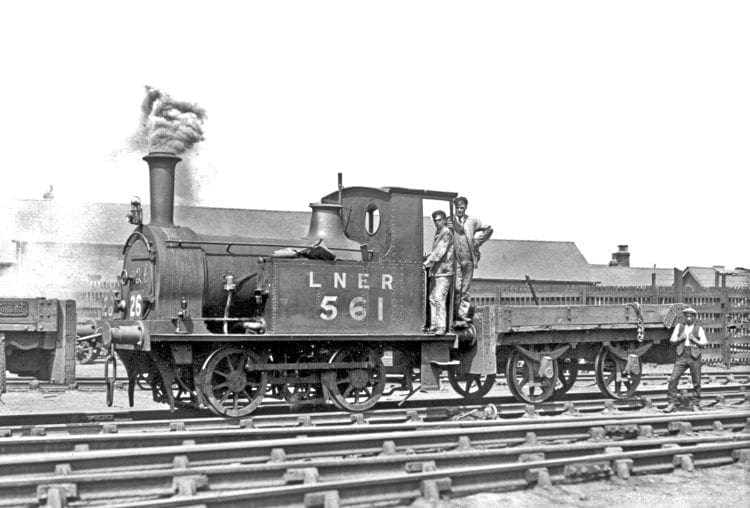
Nevertheless he could write fluently on modern traction and rail systems when called upon. In 1960, for example, there was a three-parter by Pat on Modern Motive Power Of The German Federal Railway and in September 1962 The Talgo Trains Of Spain, the latter a concept little known in this country and elegantly explained by him.
Books flowed from PRW’s pen. In 1952 there was Locomotives Through The Lens, with 200 of his own photos taken between 1923 and 1947, followed by Men Of The Footplate in 1954 and On Engines In Britain And France in 1957.
Those were books aimed at enthusiasts. A more serious work was The Concise Encyclopedia Of World Railway Locomotives for which Pat acted as editor-in-chief and contributed the chapters on unconventional forms of motive power and the gas turbine in railway service.
First published in this country in 1959 (and with American and Canadian editions later) it was a massive tome of 512 pages intended to draw together in a single volume all aspects of world motive power.
Pat also wrote extensively about ships and the sea and the editor must indulge me if I mention one or two of them.
One such was a lavish volume upon Royal Naval reviews at Spithead, the last and greatest of which were the Coronation Reviews of 1938 and 1953. Another was a unique book that brought together both rail and sea, Train Ferries of Western Europe (1968).
The timing of it was fortuitous. In the mid-1960s there were dozens of routes to describe. Today there are no more than three or four remaining and a book of that kind could no longer be written with a contemporary perspective.
Pat was himself a keen sailor and owned a small yacht called Mutt And Jeff.
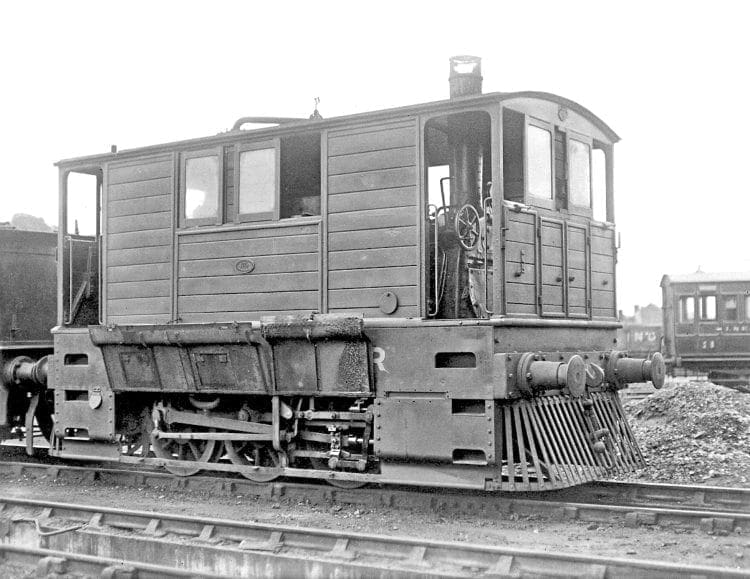
Ransome-Wallis was regarded by many as a somewhat forbidding figure though he was, of course, much loved by his family, and his nephews and neices always welcomed the company of ‘Uncle Pat’.
His main publisher, Ian Allan, seemed to have found him rather alarming. In his autobiography Allan recounted that once a year he and PRW would undertake an ‘awayday’ somewhere in the South East, watching ships at Dover or suchlike.
On one occasion Pat decided on the spur of the moment to make an unannounced visit to the Royal Navy’s remote Chattenden & Upnor Railway.
They drew up at the main gate to be confronted by an armed sentry and Allan began to have doubts about the whole enterprise. Not so Pat. He barked: “I am Surgeon-Commander Ransome-Wallis and I wish to speak to the officer in charge.”
The sentry crashed to attention, in Allan’s words “in a cloud of blanco”, and in short order a special train was organised for their sole benefit.
Disheartened

Like many others Pat was disheartened by the decline in performance and appearance towards the end of steam in this country in 1968.
The foreign tours continued for a while, but largely he was able to continue the compilation of heavily illustrated books from the photo resources he had amassed in earlier years. He contributed three volumes to the ‘Last Steam Locomotives of….’ series, Western Europe (1964), British Railways (1966), and Eastern Europe (1974), and several other photo albums. Yet another photo compilation, Roaming The Southern Rails (1979) must have been his last.
Patrick Ransome-Wallis died on July 14, 1985 at the age of 79, Toosie having pre-deceased him in 1980.
His collection of some 14,500 railway photographic negatives and an equivalent number of prints in 70 albums went to the National Railway Museum, while the present writer bought most of the extensive book collection and the surviving correspondence.
Today, PRW is something of a forgotten figure. None of his books remain in print, though occasional copies can be found on the shelves of specialist booksellers.
If this article does something to revive interest in a rather extraordinary member of the railway pantheon it will have served its purpose. ■
■ I am grateful to Maj Peter Wallis for supplying details of PRW’s family life, to Liz Taylor for putting me in touch with the Ransome-Wallis family, and to the obituary in the British Medical Journal (August 3, 1985). All other source material is from the Ransome-Wallis archive owned by the author.
Read more in the November 2019 issue of The Railway Magazine – on sale now!
The Railway Magazine Archive
Access to The Railway Magazine digital archive online, on your computer, tablet, and smartphone.
The archive is now complete – with 122 years of back issues available, that’s 140,000 pages of your favourite rail news magazine.
The archive is available to subscribers of The Railway Magazine, and can be purchased as an add-on for just £24 per year. Existing subscribers should click the Add Archive button above, or call 01507 529529 – you will need your subscription details to hand. Follow @railwayarchive on Twitter.
Also see…

Market-leading new-build organisation The A1 Steam Locomotive Trust has been marking two landmark anniversaries – not just from its own history, but that of the heritage sector as a whole.
It may seem hard to believe, but it’s 25 years since the construction of 101mph Peppercorn A1 Pacific No. 60163 Tornado – held by many to be a 21st-century equivalent of Flying Scotsman – officially started on Wednesday, July 13, 1994, at the then British Steel facility in Leeds. See their story here.
